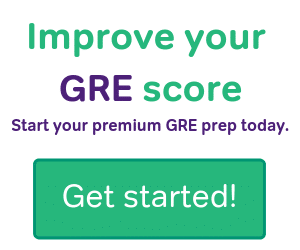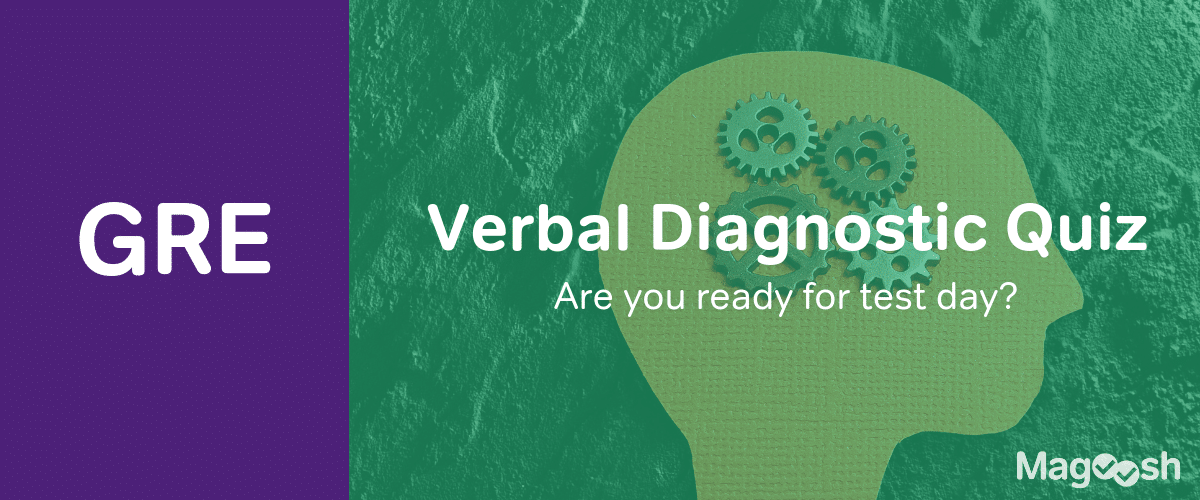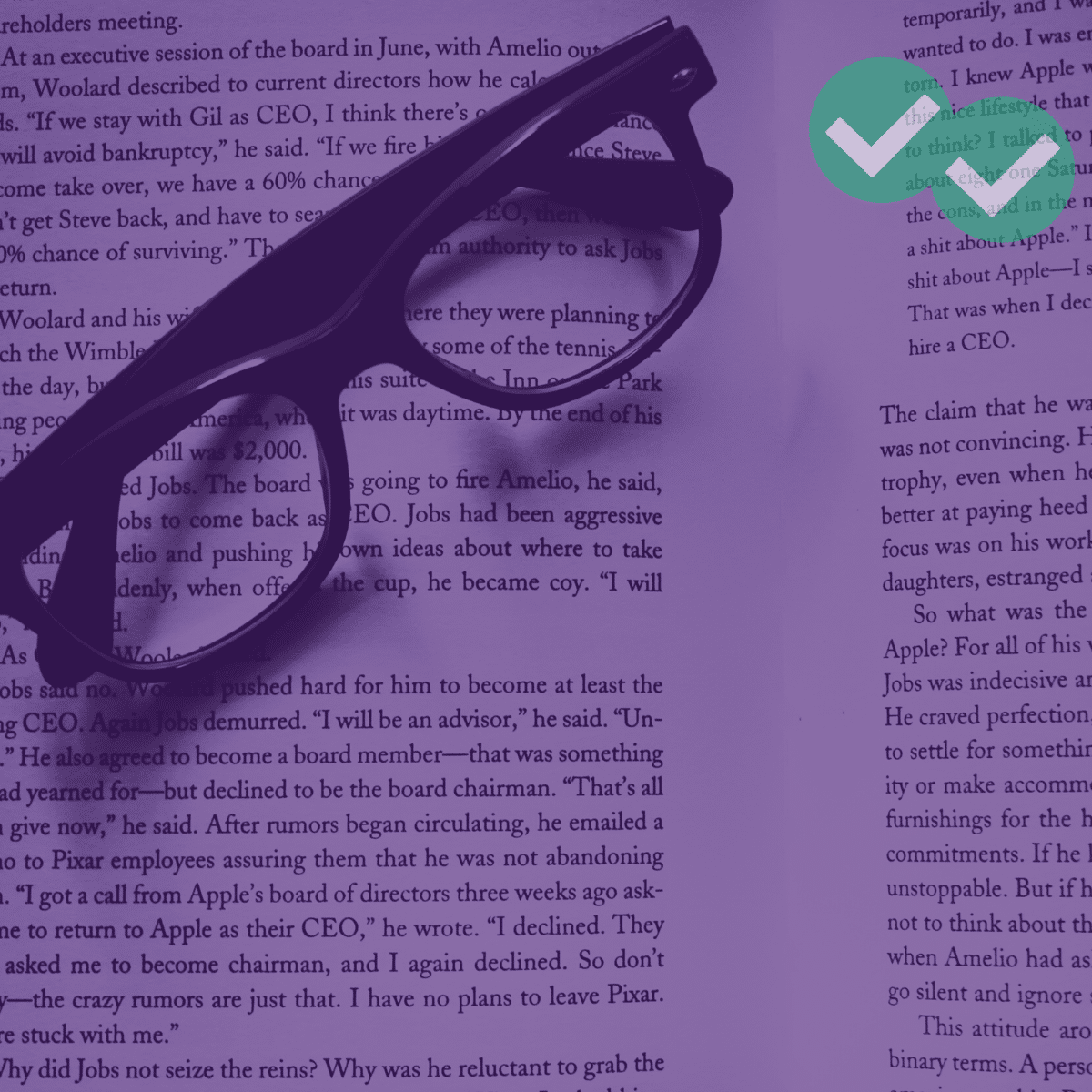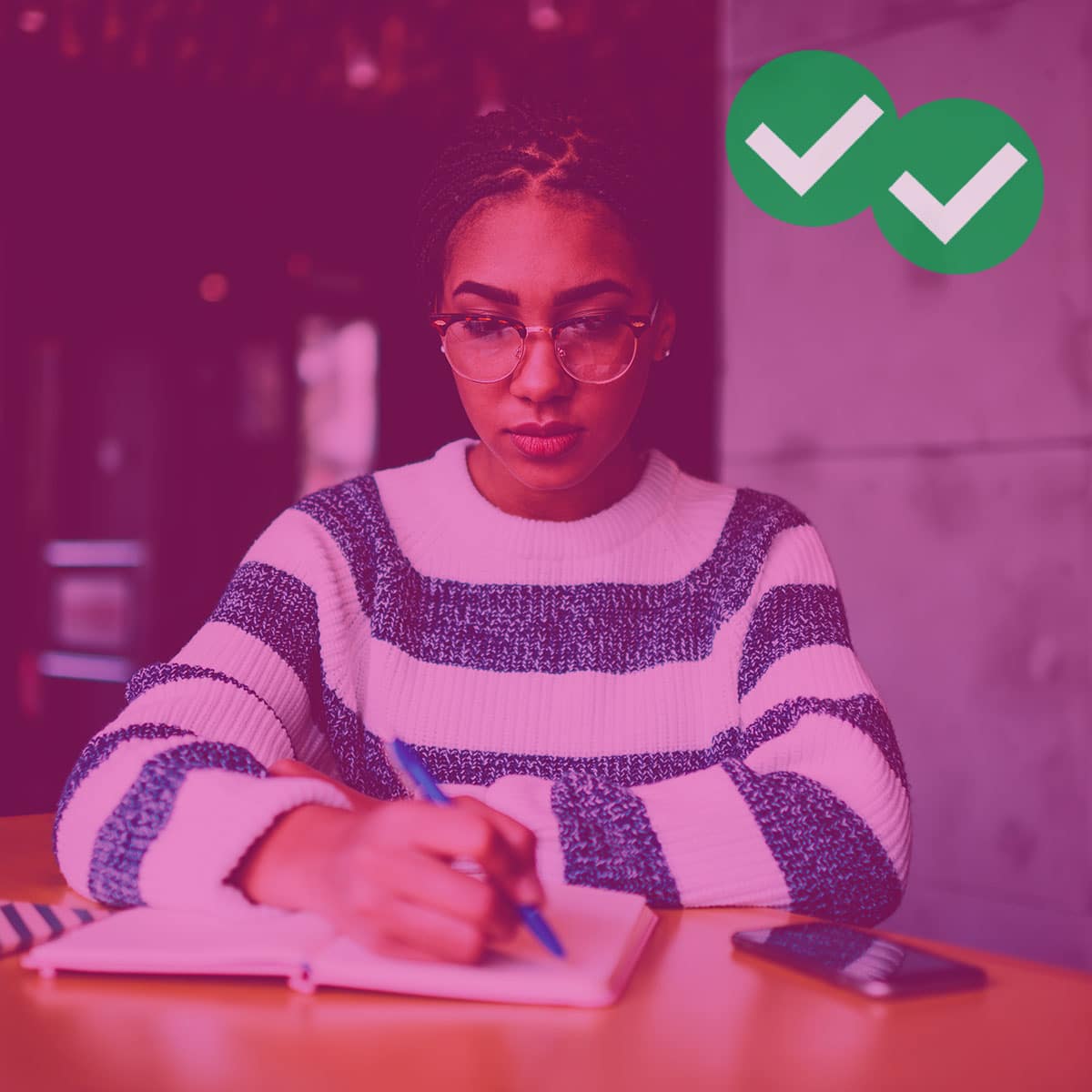You’ve read a passage and you are confident you understand most of what you’ve read. And then, you miss the main idea of the passage question. Surely, you understood the primary purpose of the passage, yet ETS was able to trick you. How can it be?
Well, one answer to this rhetorical question is that ETS sedulously works to ensure that the answers choices are very subtly worded as to trap all but the shrewdest of test takers. To protect yourself from such traps, remember, after reading each question, do not simply rush to the answer choices. If you do so, you are at the mercy of ETS.
On the other hand, if you take a moment and try to come up with the main idea in your own words, you suddenly control the answer, instead of letting the answers control you.
Coming up with a solid response to a question means you should always return the passage and read the relevant part. In terms of main idea questions that means reading the first paragraph and the topic sentences of each subsequent paragraphs.
A Helpful Technique
While this technique sounds logical, it is one that is difficult to apply (as the old cliché has it –‘ easier said than done’). A great way to make sure you do not rush directly to the answer choices is to cover up the answers with your hand. (At home, with a book especially, you can use a piece of paper to cover up the answers). Forcing yourself to come up with an answer will require you to go back to the passage and really think about what the answer will be.
In fact to get the most out of this exercise, I encourage you to come up with an answer and write that answer down on a piece of paper. Again, this is only an exercise to help you anticipate the answer and not be so easily swayed by tempting wrong answers. Do not actually do this test day, or even when you are taking a practice test.
By training your brain in this fashion you will be better equipped to avoid traps test day. And with the added pressure of the actual test, you can easily succumb to simply darting to the answer choices and picking whatever sounds best.
Final Point
One last important point: just as it is often helpful to come up with your own answer on the reading passages, it is also often helpful to do the same on Text Completions and Sentence Equivalence questions. In that regard, the test rewards those who think about and analyze what they read versus those who rush to the answers before they truly understand the text. Be aware of this fact and practice the technique above.






Leave a Reply